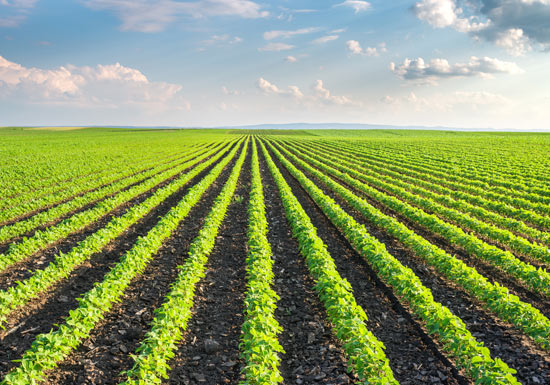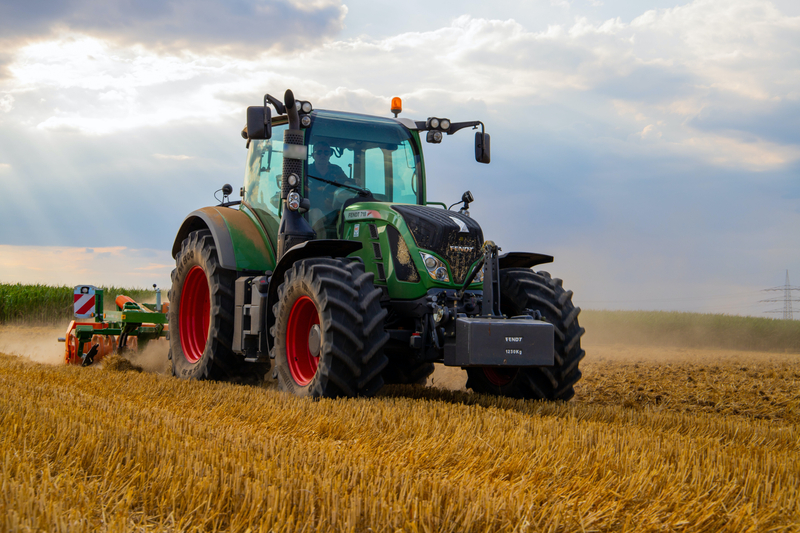FORTUCAST LONG-RANGE WEATHER
We ran our weather cycles and two new cycles should create rainfall totals to be drier than normal.
The 12-year rainfall cycle is drier in 2023-24 and kicks on Feb. 24, 2023, this year. The 18.5-year cycle is hot and dry through July 2024.
The 84-year cycle is dry but the 29.5-year cycle has above-normal rainfall through 2026. California weather will be flooding the next two years but the Midwest will be in trouble.
The two-year cycle will probably prevent a major catastrophe as it is wetter than normal this year into harvest and then creates dry weather right on time.
Overall:
Expect a hot and dry summer and with late planting from cold spring temperatures, the crops will be vulnerable and have weaker yields.
We have noted that inflation cycles kick in again and will top out in April 2024 and that will help prices.
According to Farmer’s Almanac, spring will be delayed and temperatures will be slow to warm. In fact, around the time of the vernal equinox, unseasonably cold temperatures may be gripping many parts of the country, extending the “shiver and shovel” portion of our outlook. We are predicting a “soggy, shivery spring.”
Summer will be hotter and drier than normal, with the hottest periods in mid-to-late June, mid-July, and early and late August. September and October will be warm, with near-normal rainfall, on average.
( Special Thanks to Farmer’s Almanac)
Grains are deeply oversold now and cycle highs dominate into at least June. Corn and beans have already shown signs of bottoming and South American heat is a concern.
Stay on top of this year’s grain cycles and patterns with:
Fortucast Ag Timer which is published twice a day.
One month’s trial is 97.00.
Three-month subscriptions start at 297.00.



